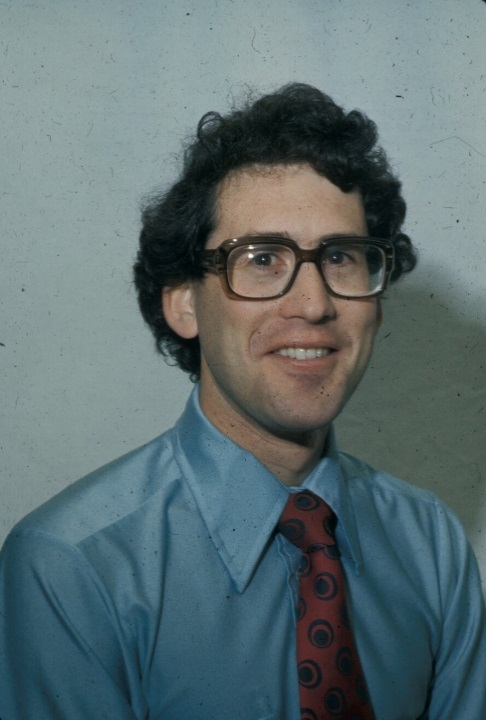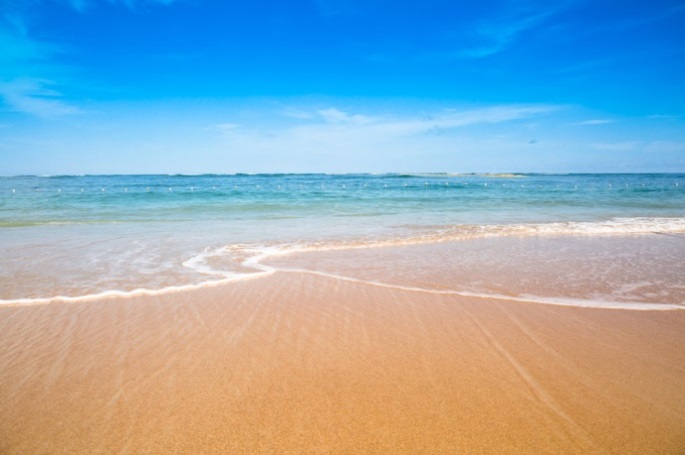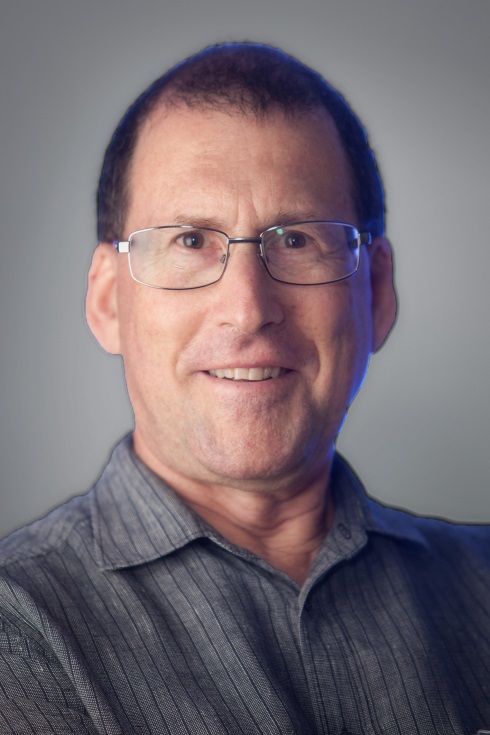How Brisbane and Baltimore and Baldness Transformed Pterygium Surgery in the World

A pterygium is a growth of tissue from the nose side of the eye onto the crystal window (cornea) of the eye. 1 in 10 adults living in temperate climates, exposed to the sun throughout most of the year will develop a pterygium. I specialise in the removal of pterygium and many of my friends and peers ask, why? To which I reply, ‘Brisbane, Baltimore and male pattern baldness.’
We all know that where we live and how we live affects our view of the world. I was lucky enough to spend the first 25 years of my life in sunny Brisbane for which I have always been grateful. As you can see I had a handsome head of curly hair when I left.
After basic training in ophthalmology in cold and rainy Melbourne for three years, I moved to further my training at one of the largest eye institutes in the world, The Wilmer Institute, Johns Hopkins Hospital in dreary, cold and overcast Baltimore…there were some very unpleasant summers as well. Then on to St Louis and more of the same…..cold icy weather and overcast skies in summer.
After more than a decade in the relative darkness of Melbourne, Baltimore and St Louis (weather wise only as I learnt a lot in those years) I returned to the sunny shores of Brisbane….and what sun there was….I never saw sun like the Queensland sun in all my years in Melbourne and the US.

Two observations struck me on my return. Firstly, on the day after I returned to Brisbane, I noticed every third patient in the Princess Alexandra Hospital outpatient clinic had a pterygium growth; and they were a “different beast” to the rare few I had seen in the US over 10 years.
Even more striking was the extremely unpleasant results of the pterygium being scraped off in the clinic. The scraping procedure appeared to fertilise the pterygium further, resulting in enormous regrowths.
My second observation was on a personal note. My return to Brisbane brought with it dermatitis of my scalp making me wonder whether I needed to see a dermatologist. As I was so busy with my patients it took me two years before I decided to investigate my skin problem. The results were not what I expected. I found that I had developed a bald spot over the 10 years in the US.

In a moment of medical clarity I suddenly realised that I was a victim of the Queensland sun, and that the dermatitis was, of course, you have already guessed ....sunburn!
I immediately thought maybe my patients with pterygium were also suffering from a sun related condition. As a scientist, I could not assume this was the case, I needed to investigate …but that is for another day…
